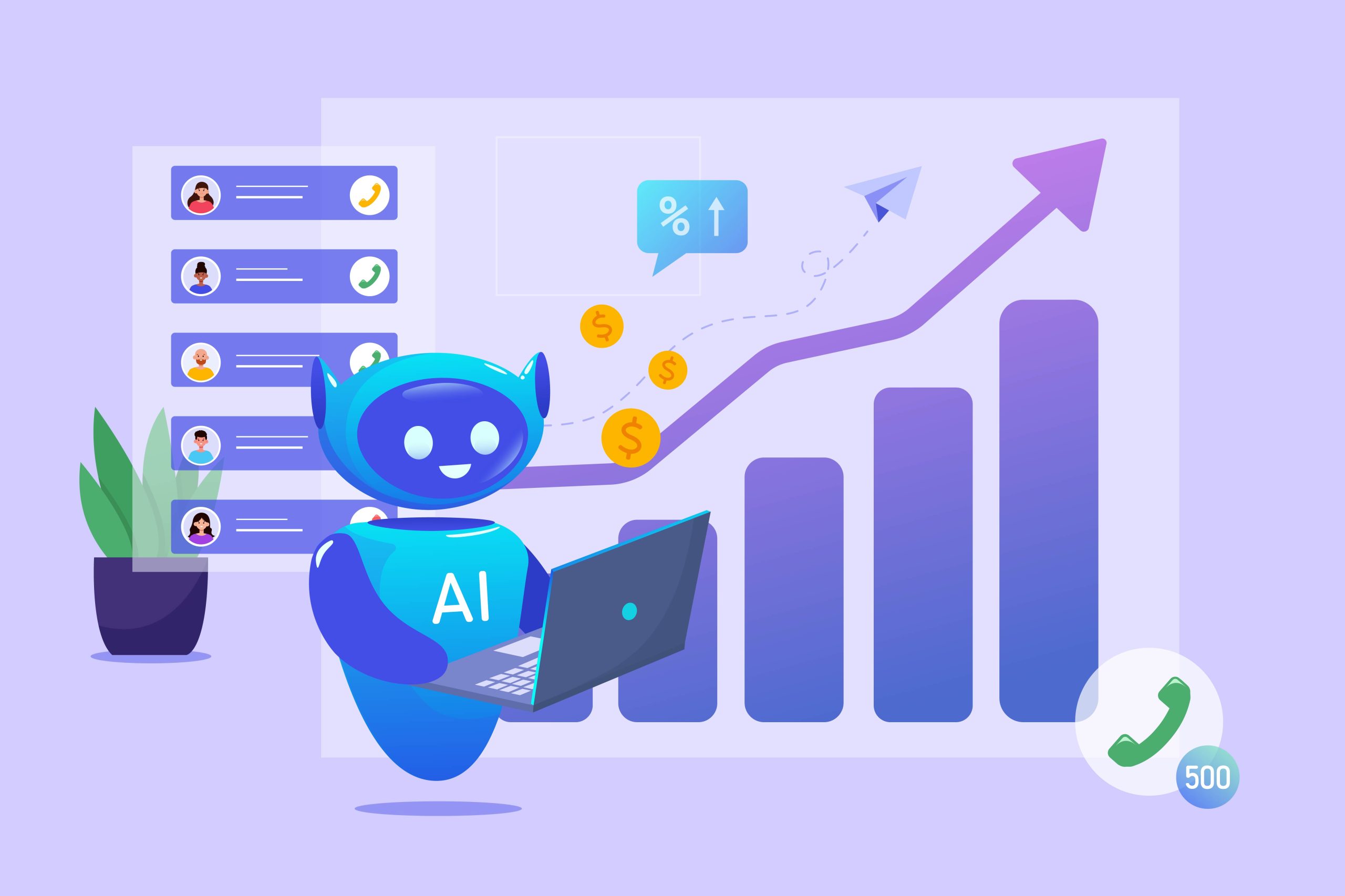In recent years, artificial intelligence (AI) has emerged as a transformative force in eLearning, redefining how education and training are delivered. As we approach 2025, there is an increasing need to strategically allocate budgets for AI implementation in eLearning environments. Understanding the financial implications is crucial to ensuring success and sustainability in this technological evolution. From the initial stages of AI development to deployment and maintenance, there are various aspects that institutions must consider to leverage AI effectively while optimizing costs.
The journey to integrating AI in eLearning begins with model development and customization, which can require a significant portion of the budget. The cost of developing AI models is influenced by complexity, domain specificity, and the level of customization needed for specific educational settings. Institutions should carefully evaluate whether developing a bespoke AI solution is necessary or if existing models can be adapted. Leveraging pre-trained models can sometimes reduce costs significantly while still meeting educational goals. Investing in tools and platforms that offer scalable AI solutions can also facilitate a more cost-effective approach to model development.
Data plays a pivotal role in AI functionality, and preparing it for AI systems is both essential and costly. Data labeling, cleaning, and management are critical processes that can consume time and resources. Institutions must invest in reliable data annotation tools and expertise to ensure high-quality inputs for AI models. Considering partnerships with data companies or using open-source data may help mitigate expenses while ensuring that the data used enhances the learning experience. Allocating part of the budget for continuous data management is equally important to maintain AI’s adaptability and accuracy over time.
Once the AI models are ready, the next challenge is establishing the necessary infrastructure to support their operation. This infrastructure includes high-performance computing resources and cloud services, which can vary in cost depending on usage and scalability requirements. Investing in cloud-based solutions can provide flexible, scalable, and cost-effective options, allowing institutions to pay only for the resources they consume. Institutions should prioritize providers offering customizable packages that align with their specific AI needs, minimizing unnecessary expenditures while providing room for growth.
Talent acquisition and retention are another critical area of consideration in AI budgeting for eLearning. Qualified AI professionals, such as data scientists and machine learning engineers, are essential for developing, managing, and refining AI systems. Competition for such talent is intense, and higher salaries and benefits packages can drive up costs. Therefore, institutions must focus not only on hiring but also on upskilling their existing workforce to manage AI implementations successfully. Investing in training programs for current employees can optimize resource allocation while building a skilled team well-versed in AI operations.
Maintenance and continual improvement of AI systems are crucial for sustaining their efficacy in eLearning environments. This aspect includes software updates, performance monitoring, and retraining models with new data. Allocating funds for regular system audits and updates is necessary to adapt to educational needs and technological advancements. Institutions should consider adopting an agile approach, which allows for iterative updates and improvements, ensuring that AI systems remain relevant and continue to enhance the learning experience efficiently and effectively.
Finally, a comprehensive strategy must include assessments of AI’s impact on learning outcomes and ROI. Measuring effectiveness can guide future investments and adjustments in AI utilization. Institutions should implement robust evaluation frameworks to track AI’s contribution to learner engagement, satisfaction, and achievement. Collecting feedback from educators and learners provides valuable insights that can inform decision-making and budgeting strategies. By prioritizing transparency and adaptability, eLearning providers can harness AI’s full potential, ensuring lasting educational benefits and a sound financial investment as we advance toward 2025.
